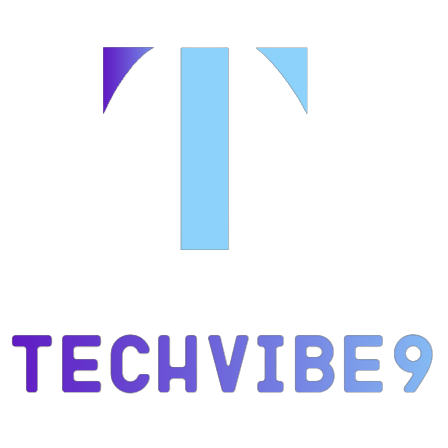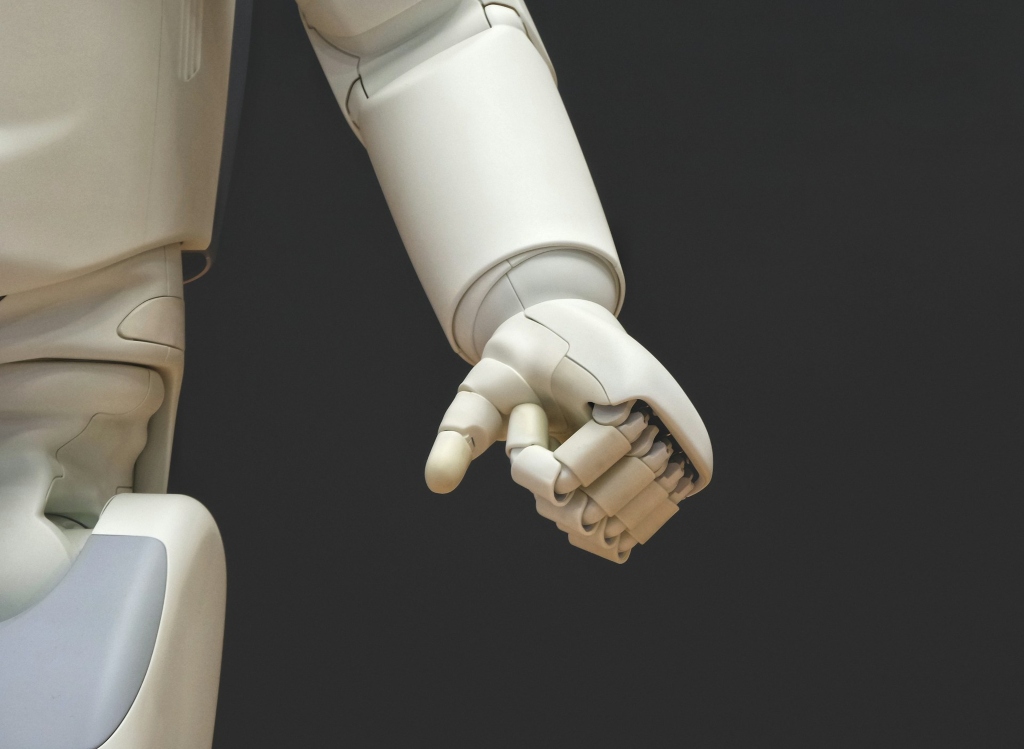Rephrase and rearrange the whole content into a news article. I want you to respond only in language English. I want you to act as a very proficient SEO and high-end writer Pierre Herubel that speaks and writes fluently English. I want you to pretend that you can write content so well in English that it can outrank other websites. Make sure there is zero plagiarism.:
A recent study has demonstrated that genetically modified cows can potentially increase insulin production, presenting a new avenue for addressing insulin scarcity and reducing treatment costs for diabetes patients worldwide.

Insulin Production from Transgenic Cows
Led by researchers from the University of Illinois Urbana-Champaign and the Universidade de São Paulo, this development provides insights into novel methods for insulin production.
Diabetes, a chronic condition characterized by inadequate insulin production or ineffective use of insulin, affects millions globally. While some individuals can manage the condition through lifestyle changes or oral medication, others, particularly type 1 diabetics, rely on injectable insulin to survive.
However, access to insulin remains a challenge for many, with cost and availability issues prevalent, especially in low- and middle-income countries.
The study showcases the development of a transgenic cow capable of producing human insulin in its milk. Matt Wheeler, a professor at the Department of Animal Sciences at the University of Illinois Urbana-Champaign, highlights the significance of leveraging the mammary gland’s innate protein production capabilities to address insulin shortages.
The genetically modified cow, engineered to express human proinsulin specifically in mammary tissue, demonstrates the feasibility of harnessing nature’s efficiency to produce vital medical proteins.
Read Also: Yogurt Gets Nod from FDA: Limited Evidence Suggests Reduction in Type 2 Diabetes Risk
Inserting Human DNA Proinsulin into Cow Embryos
The process involved the insertion of human DNA encoding proinsulin into cow embryos, followed by implantation into surrogate cows. While the initial lactation yielded a smaller quantity of milk than anticipated, both proinsulin and insulin were detected – a testament to the cow’s remarkable ability to process the protein.
Despite the challenges encountered, researchers remain optimistic about the potential for future generations of transgenic cows to produce insulin more efficiently.
“In the old days, we used to just slam DNA in and hope it got expressed where you wanted it to,” Wheeler said in a statement.
“We can be much more strategic and targeted these days. Using a DNA construct specific to mammary tissue means there’s no human insulin circulating in the cow’s blood or other tissues. It also takes advantage of the mammary gland’s capabilities for producing large quantities of protein.”
Looking ahead, the team envisions the establishment of purpose-built herds comprising transgenic cows and bulls, capable of meeting global insulin demands.
With the right infrastructure and regulatory approvals in place, transgenic cows could emerge as a viable alternative to existing insulin production methods, offering scalability and cost-effectiveness.
Wheeler envisions a future where even a modest-sized herd could produce enough insulin to meet national demands, while larger herds could supply the world’s needs within a year.
While the prospect of transgenic cows revolutionizing insulin production holds promise, significant challenges lie ahead. Scaling up production, ensuring product safety and purity, and obtaining regulatory approvals are critical steps that must be addressed before transgenic insulin becomes widely available.
“Our goal was to make proinsulin, purify it out to insulin, and go from there. But the cow basically processed it herself. She makes about three to one biologically active insulin to proinsulin,” Wheeler said. “The mammary gland is a magical thing.”
The findings of the study were published in the Biotechnology Journal.
Related Article: Biotech Startup Wants Insulin More Affordable: How Can ‘Biosimilar’ Make a Difference?
ⓒ 2024 TECHTIMES.com All rights reserved. Do not reproduce without permission.

I have over 10 years of experience in the cryptocurrency industry and I have been on the list of the top authors on LinkedIn for the past 5 years. I have a wealth of knowledge to share with my readers, and my goal is to help them navigate the ever-changing world of cryptocurrencies.








